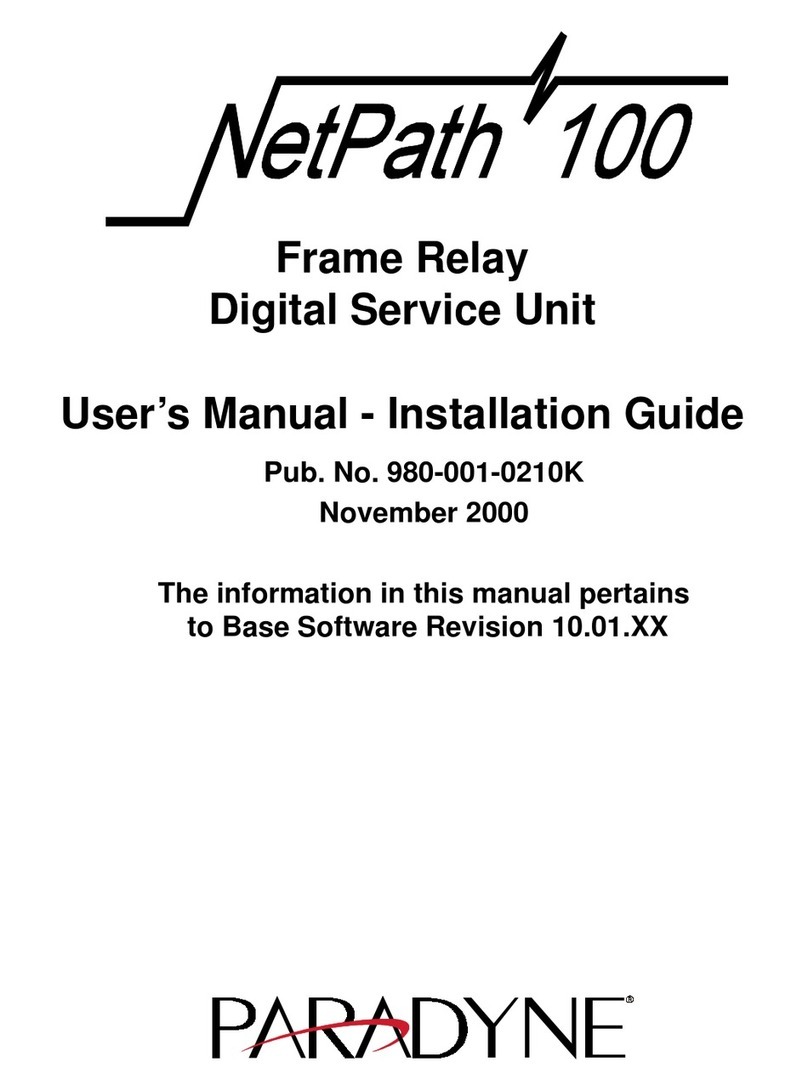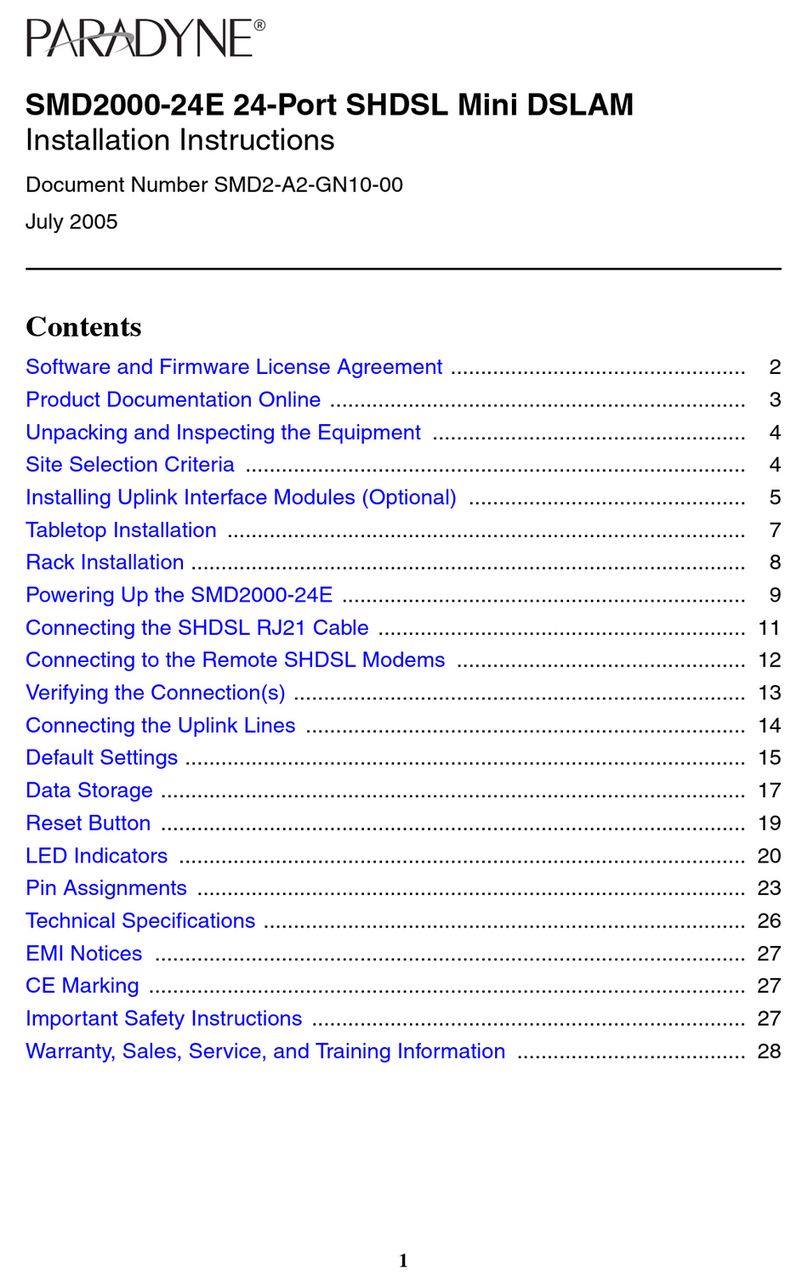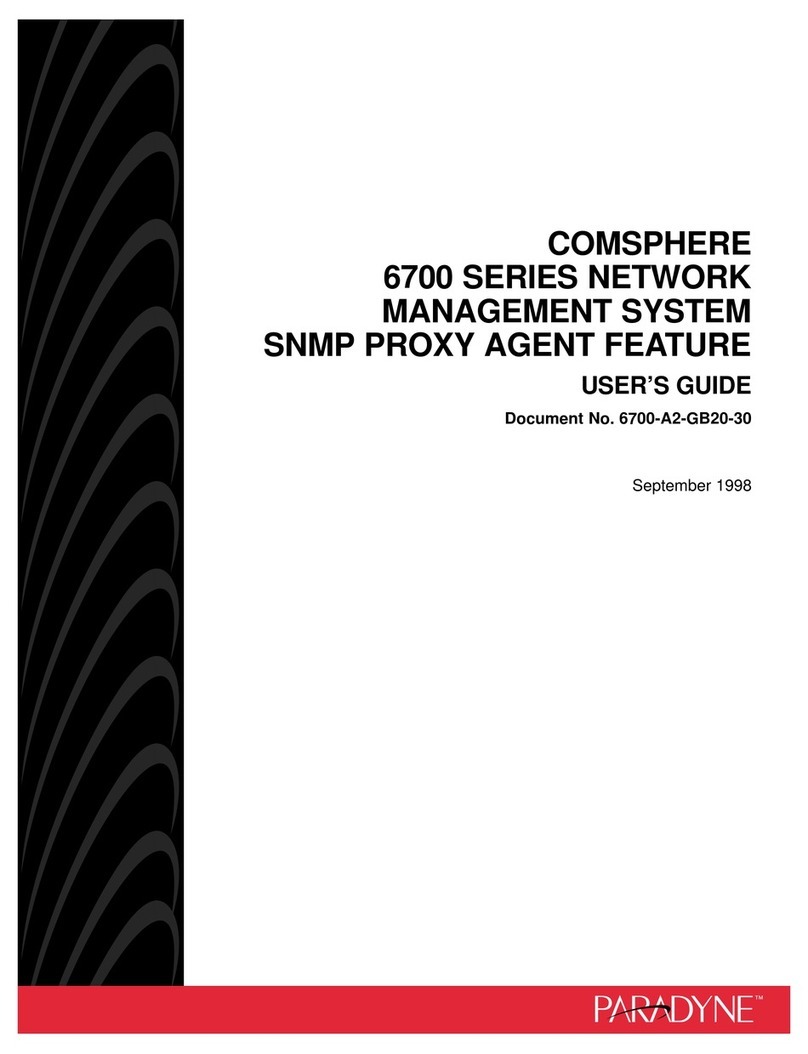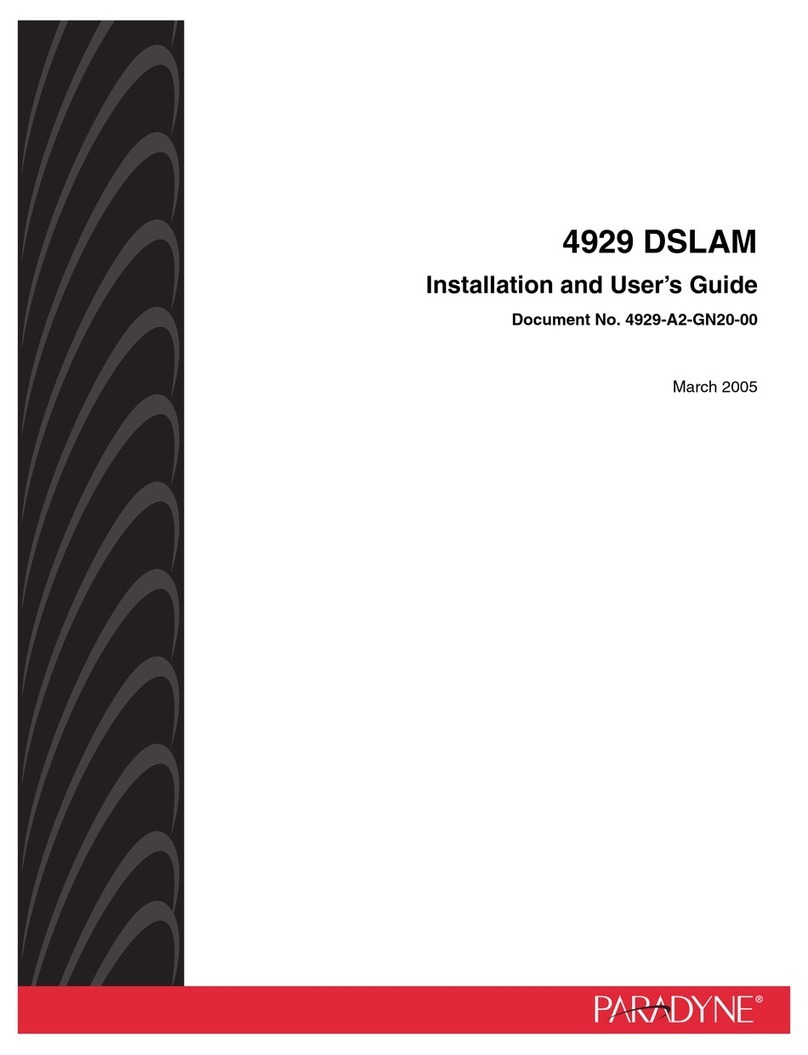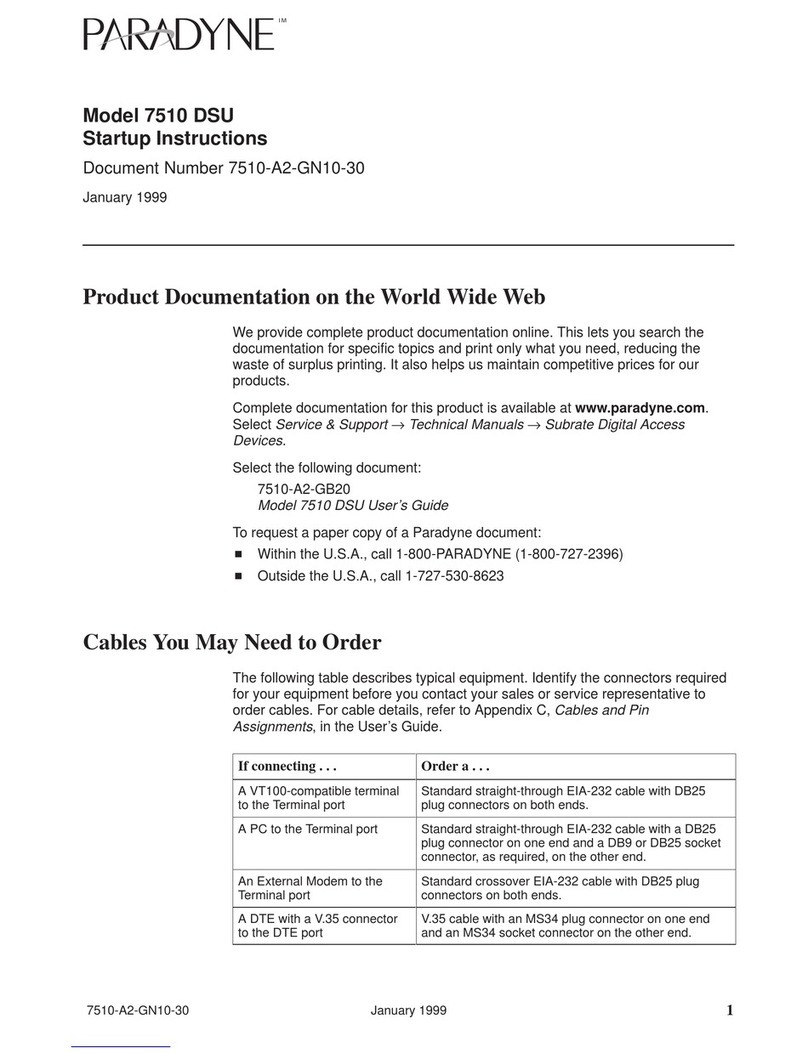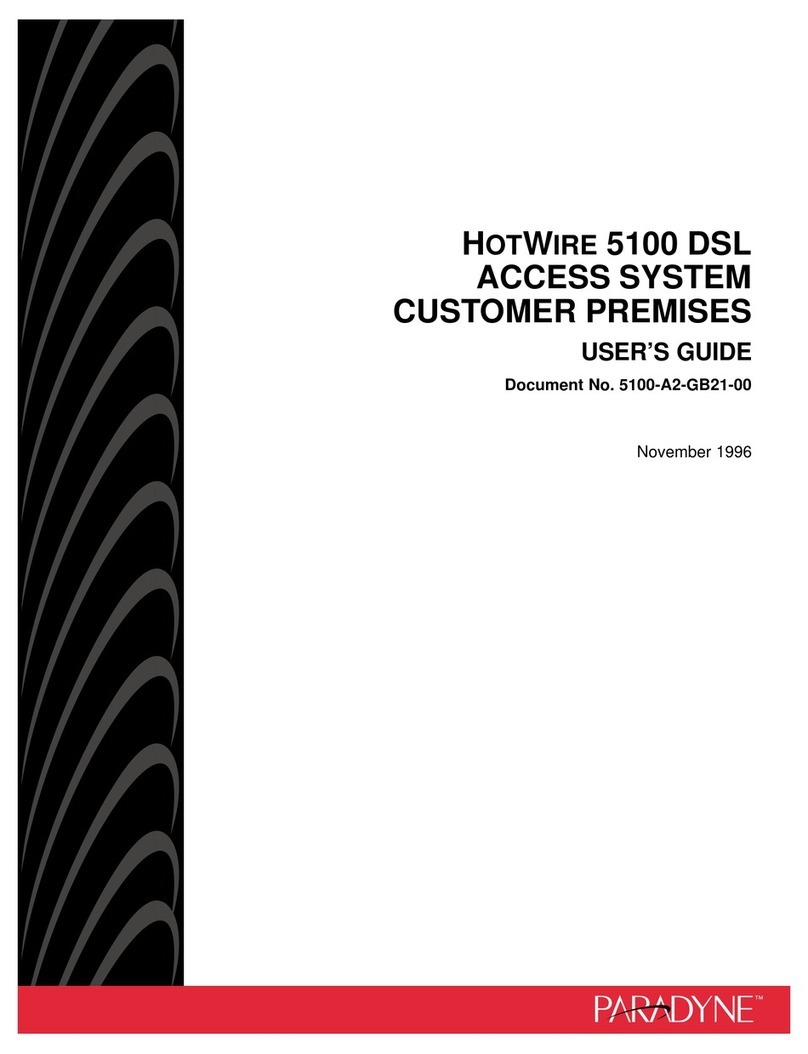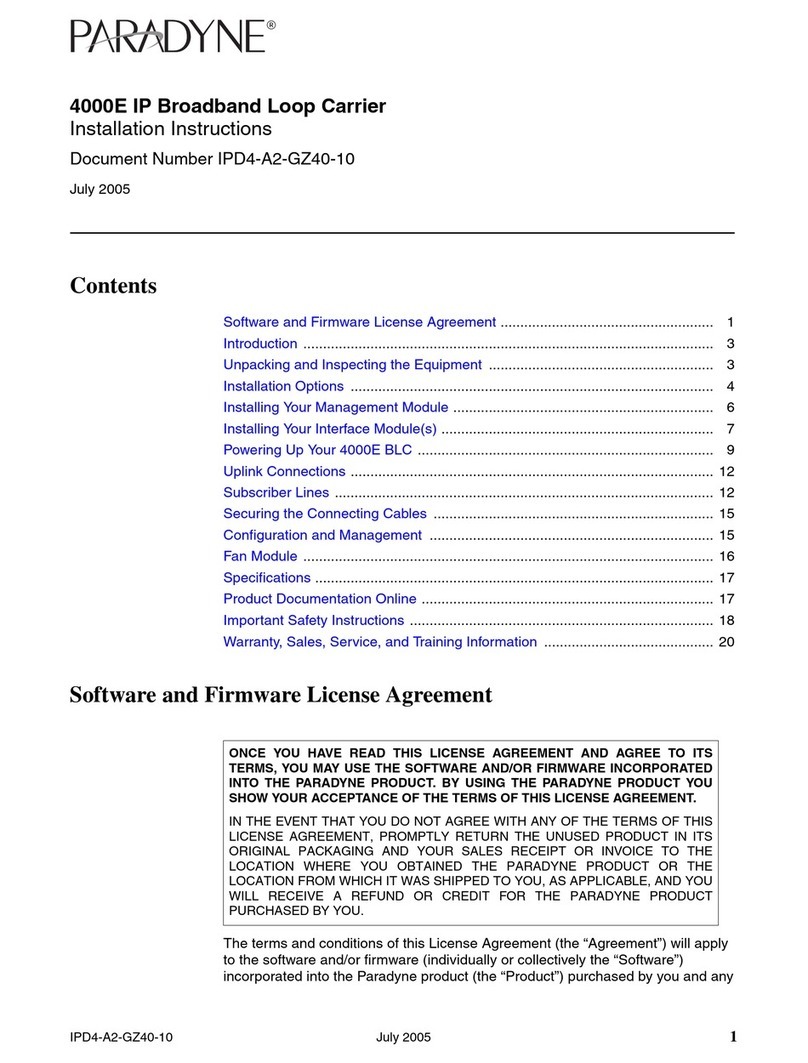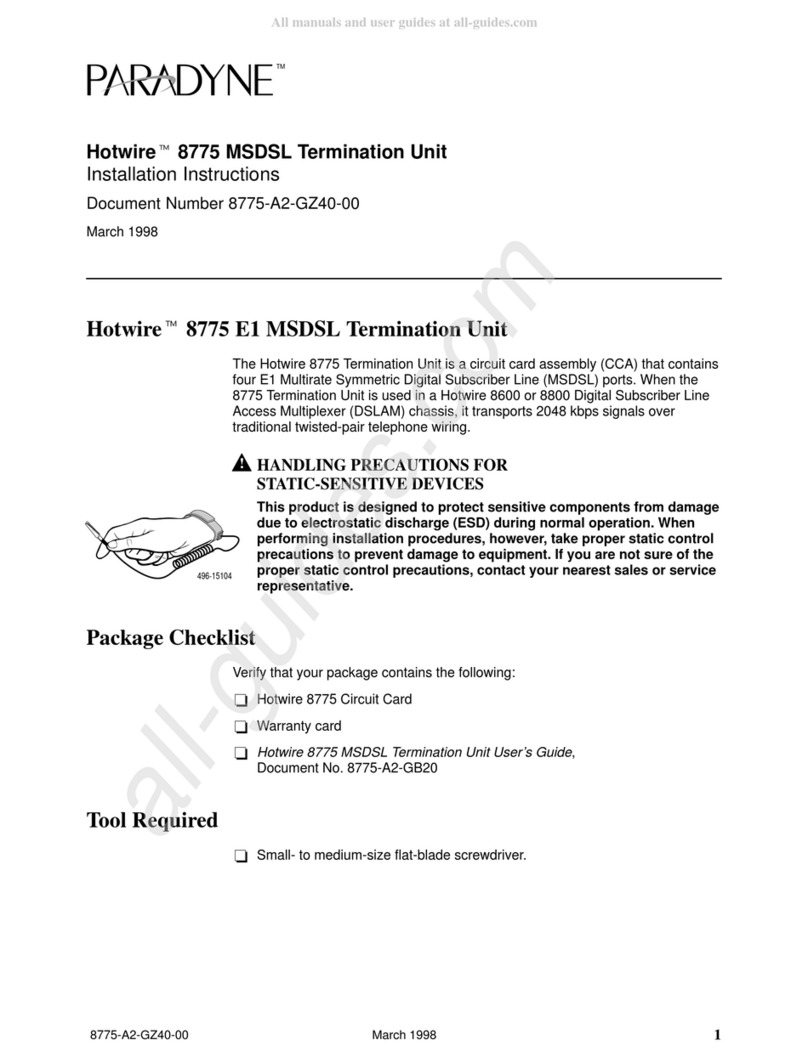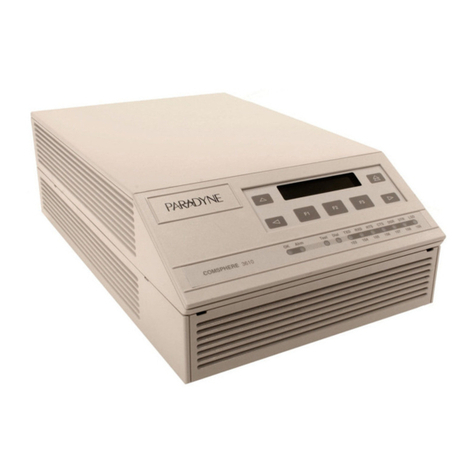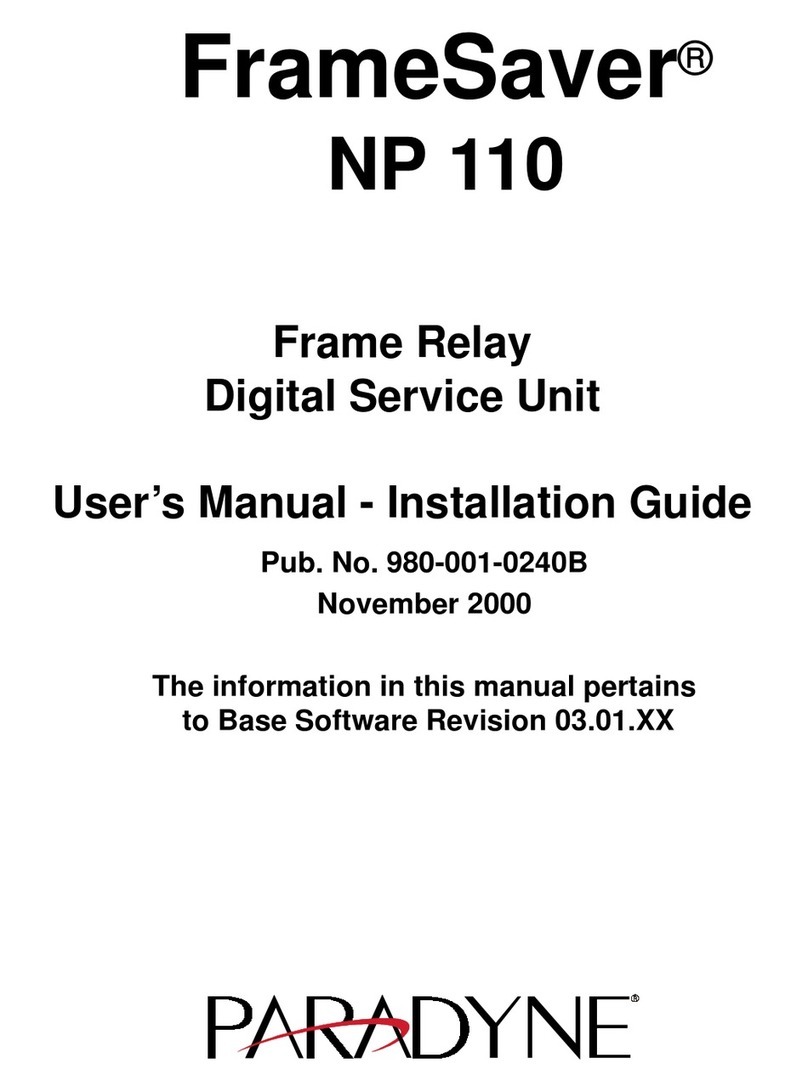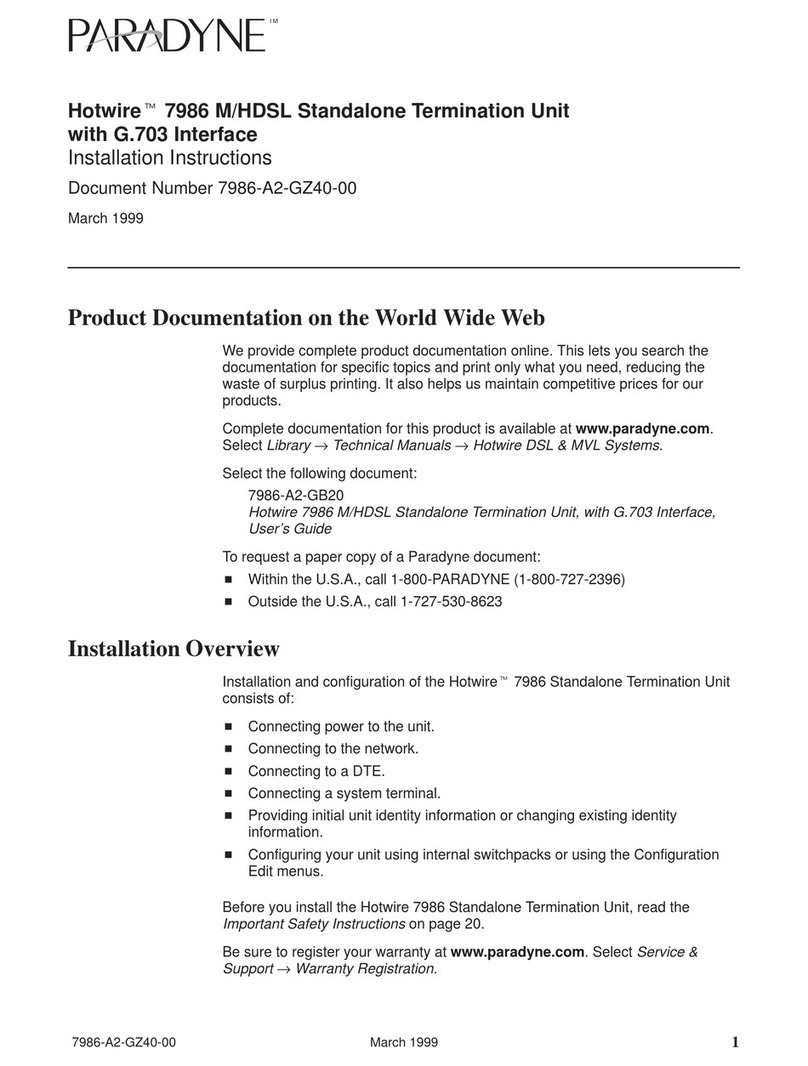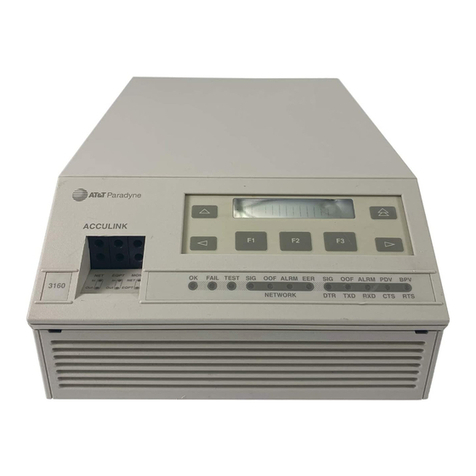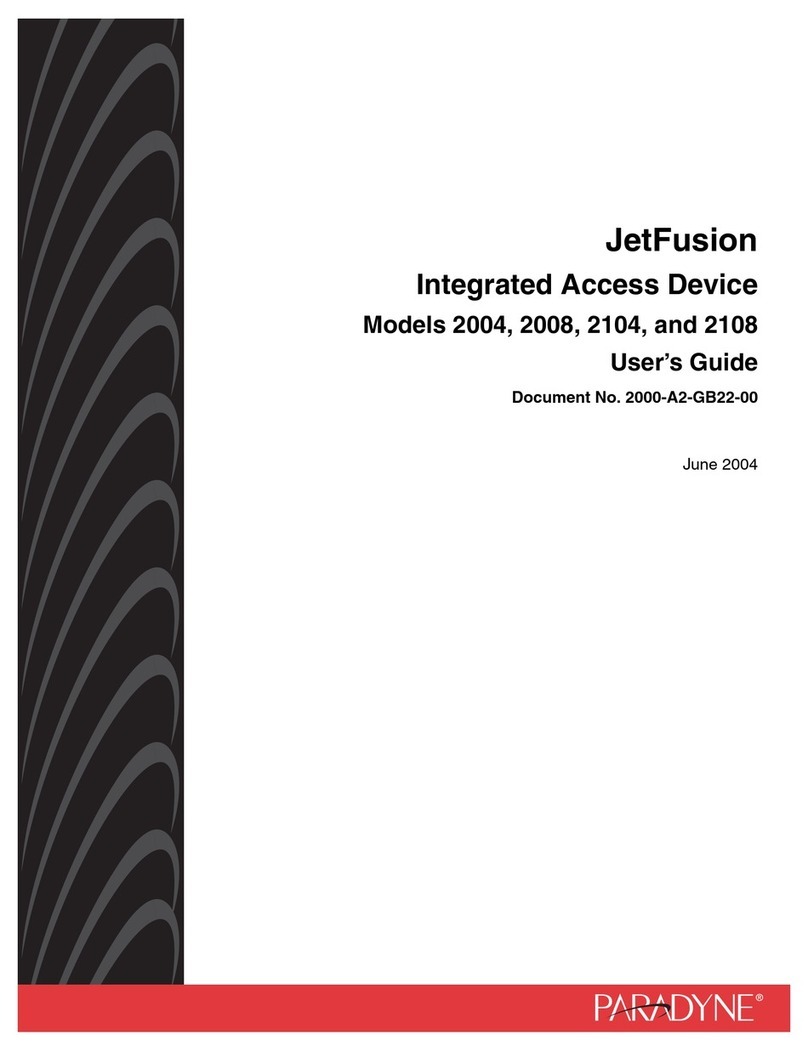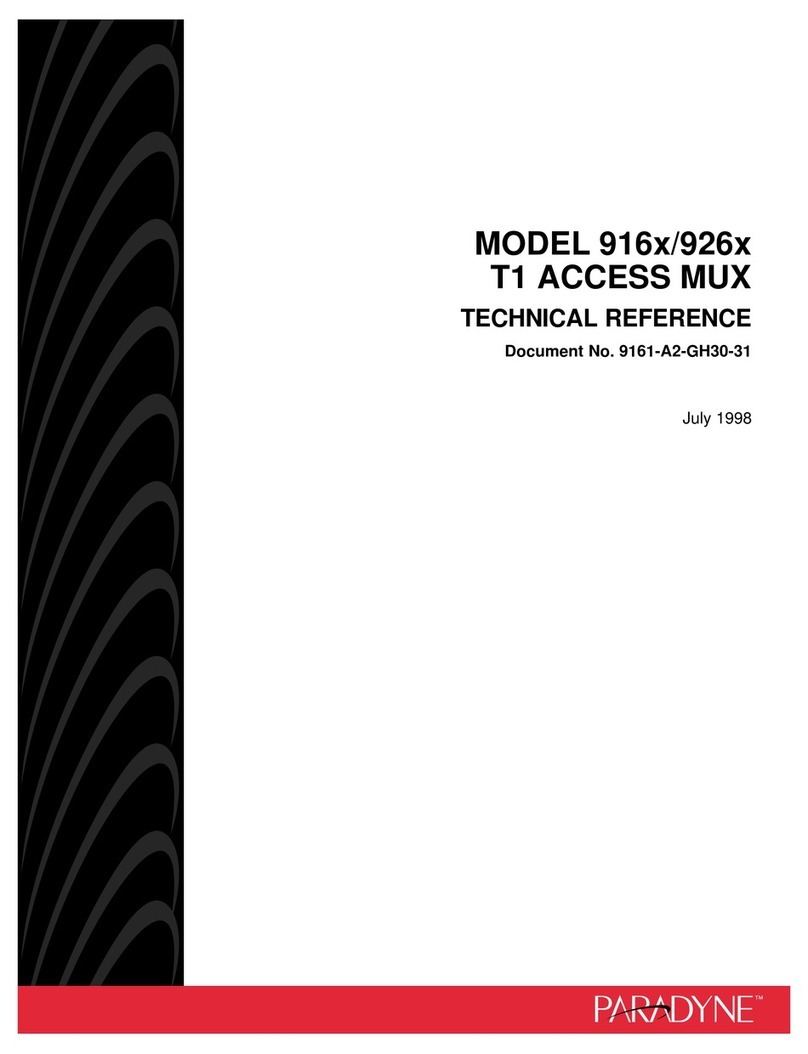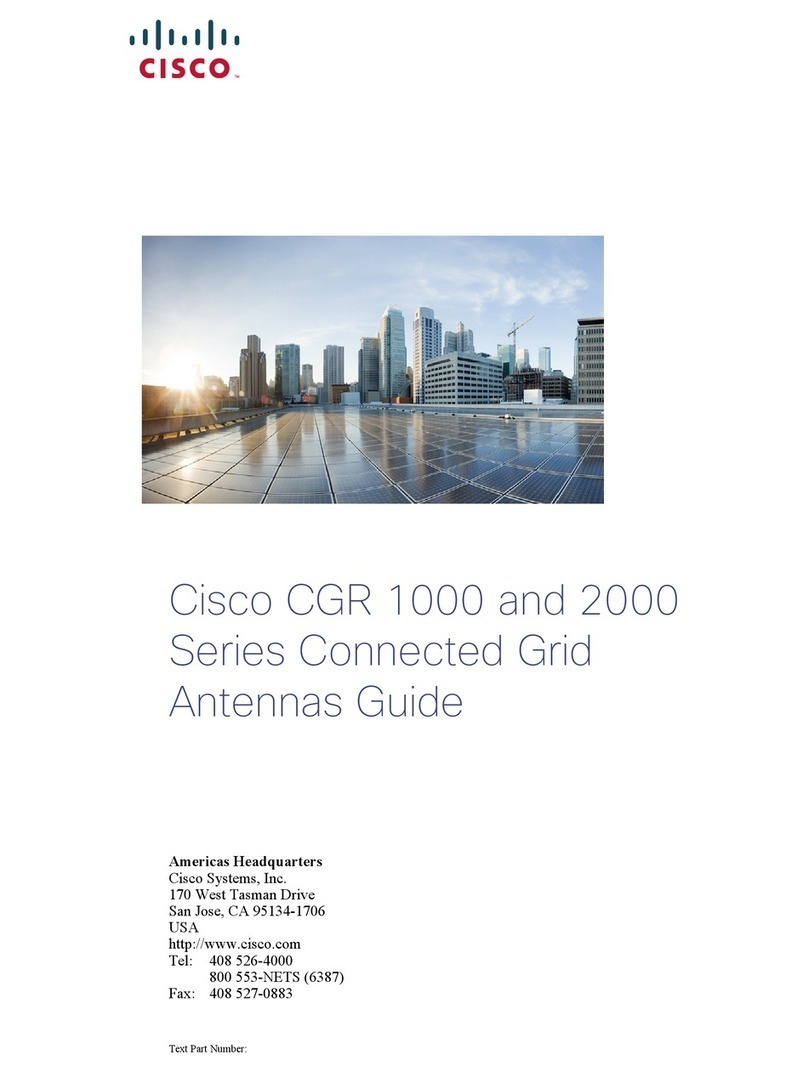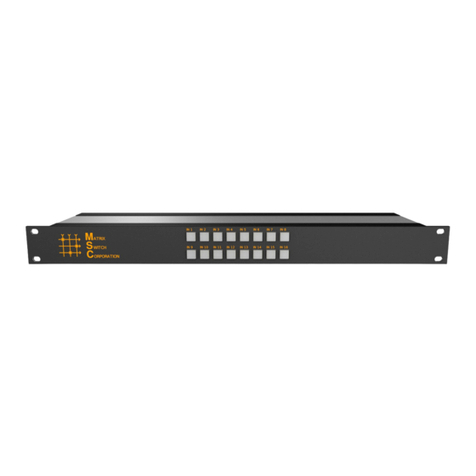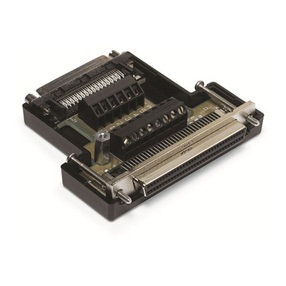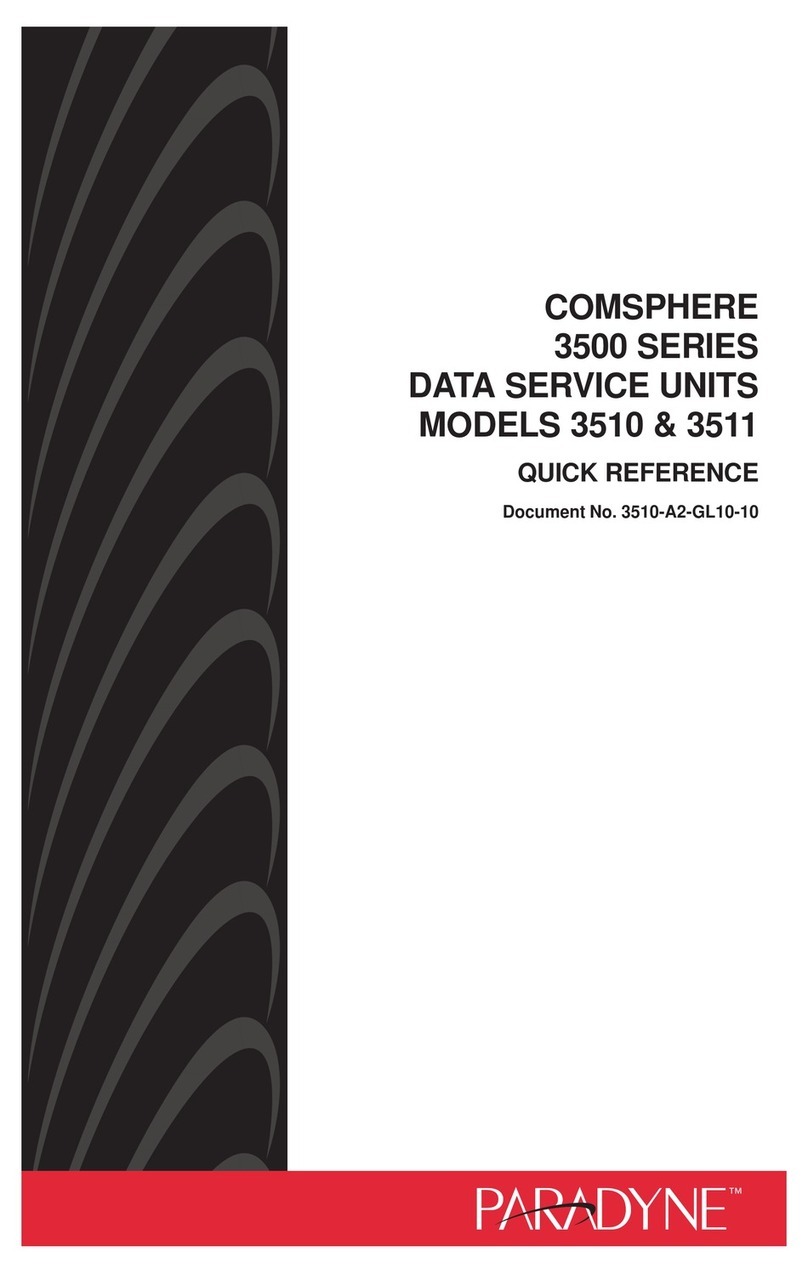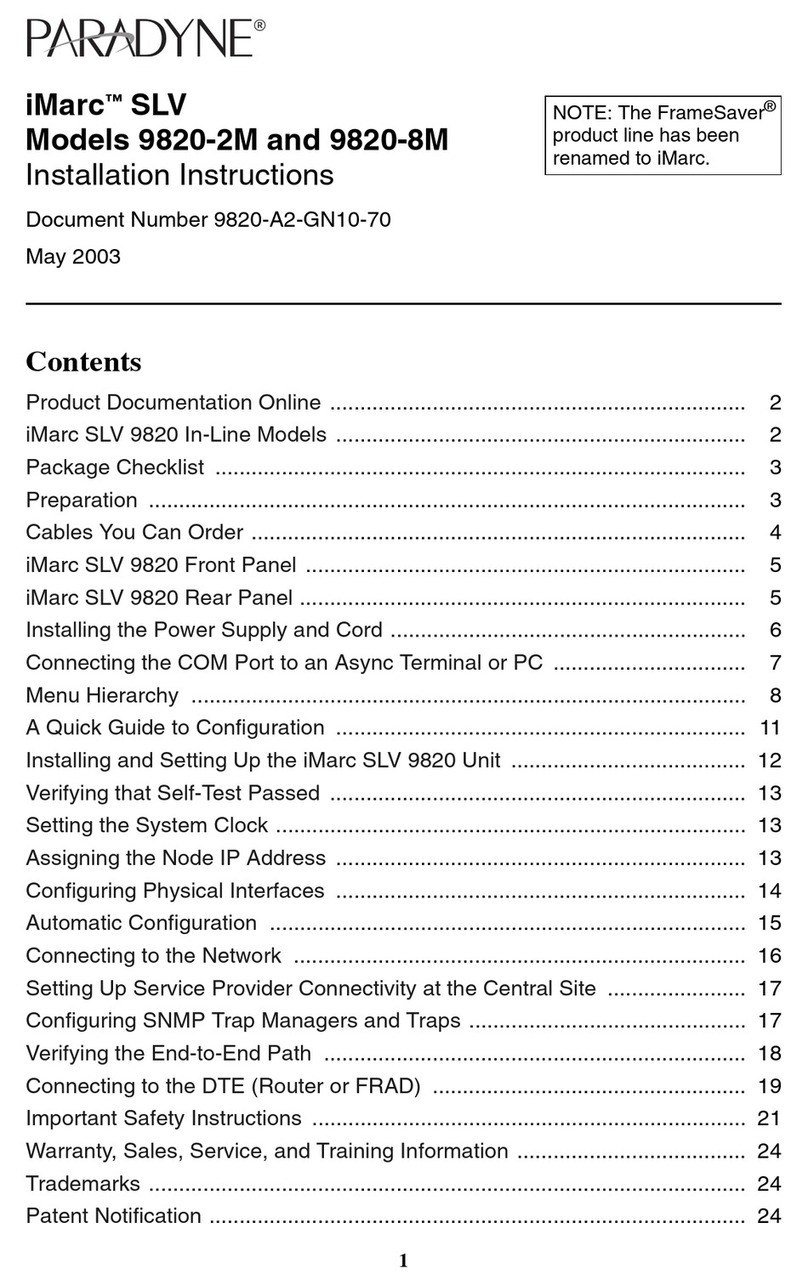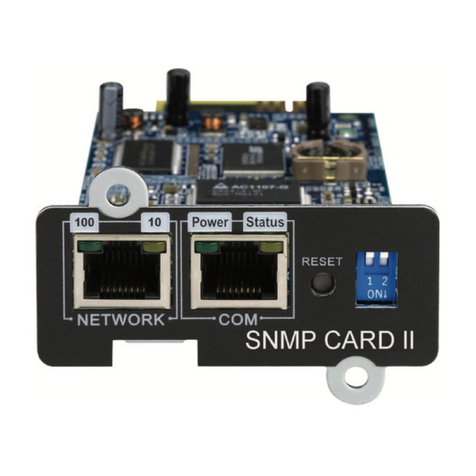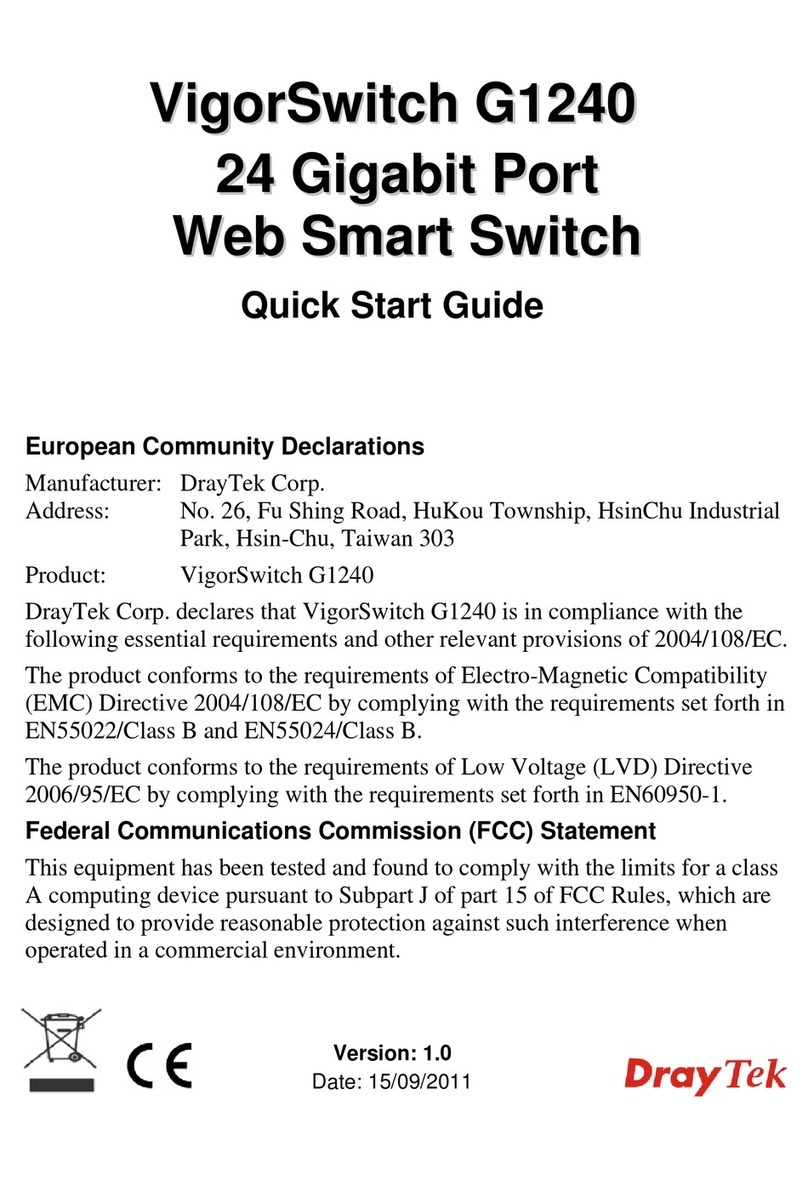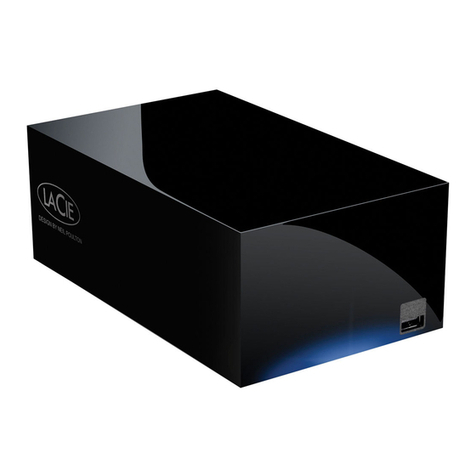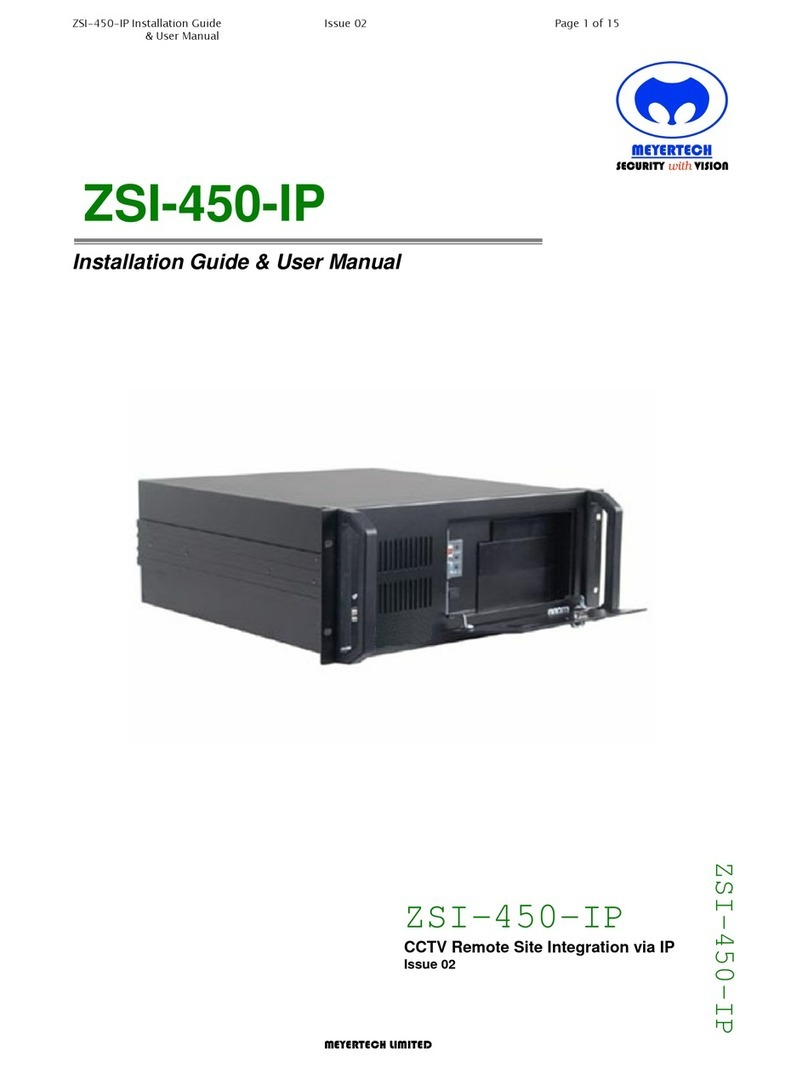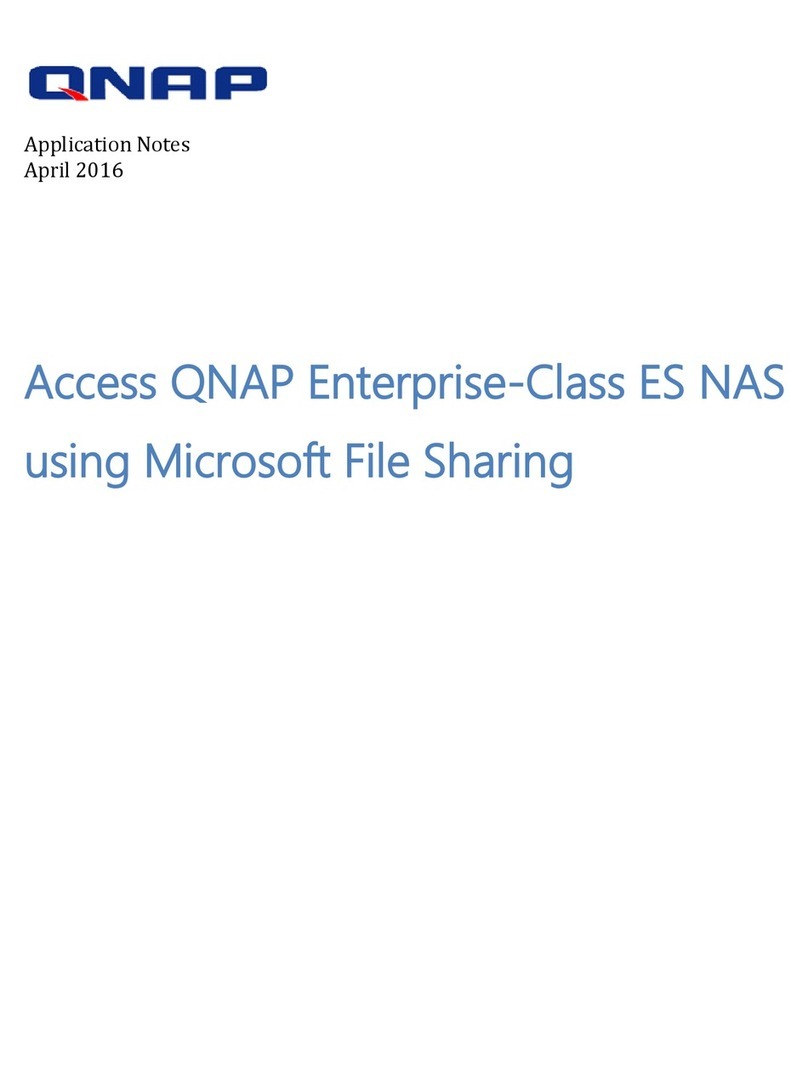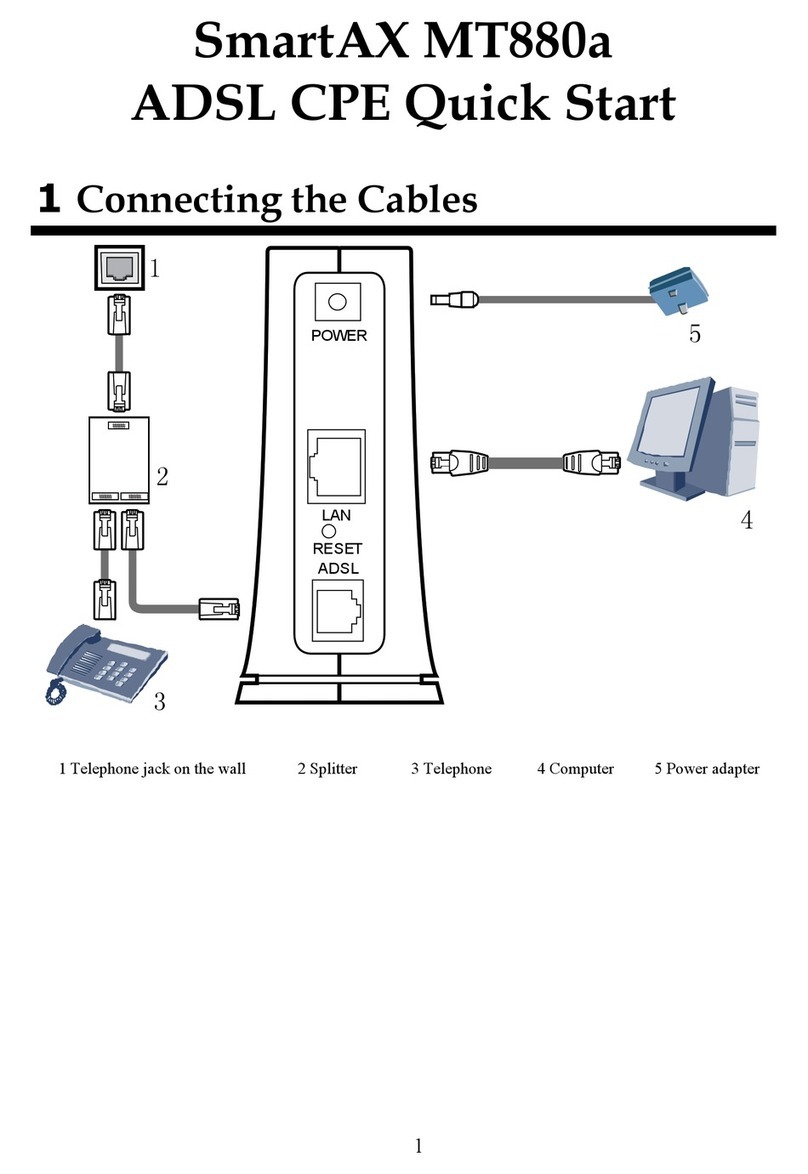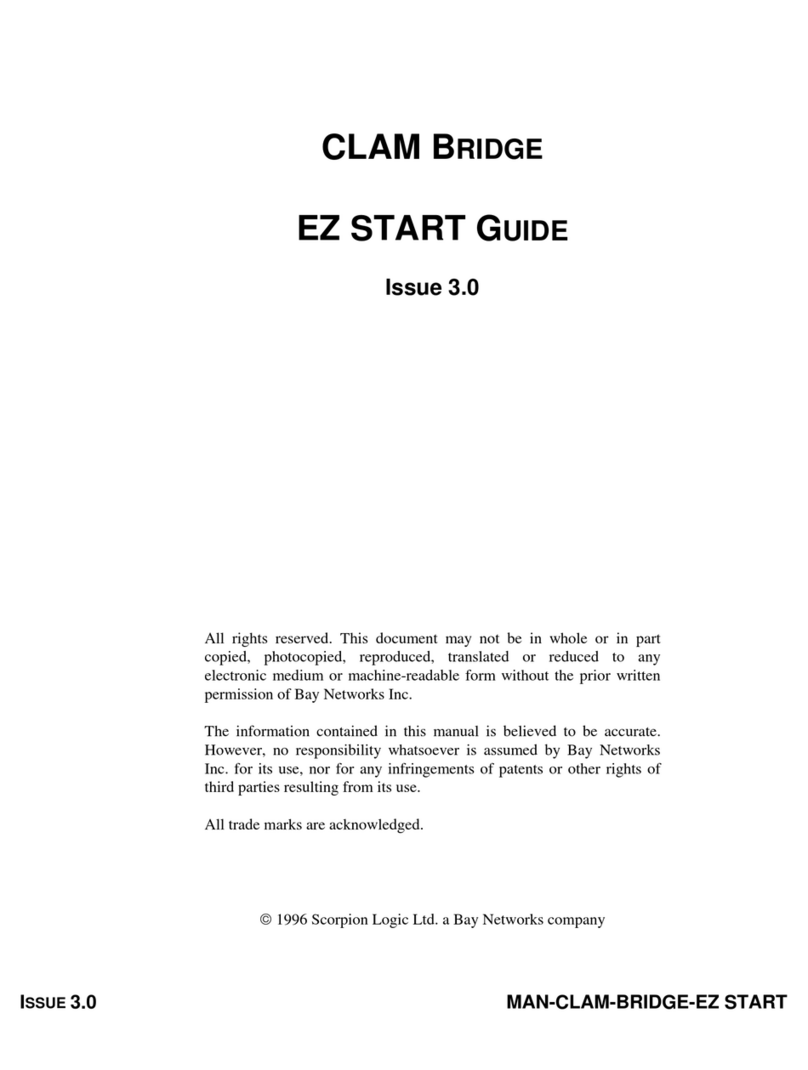
10 October 1996 6800-A2-GK66-20
•The Fallback Speeds Configuration Set screen for multiplexers contains selections for Port 1 through
Port 6. The new selection set for FB1 rate (Kbps) is disable, 1.2, 2.4, 4.8, 7.2, 9.6, 12, 14.4, 16.8, 19.2, 2,
4, 8.4, 18, 32, 38.4, 48, 56, 28.8, 4.4, 9.2, 18.8, 21.6, 24.0, 26.4. The new selection set for FB2 rate (Kbps)
is disable, 1.2, 2.4, 4.8, 7.2, 9.6, 12, 14.4, 16.8, 19.2, 2, 4, 8.4, 18, 4.4, 9.2, 18.8, 21.6, 24.0. The following
new options have single fields: FB1 underspeed which accepts 1, 2, 3, 4, 5, 6, and disable;FB2
underspeed which accepts 1, 2, 3, 4, 5, 6, and disable.
The following changes and additions apply to both the Change Options (cho) and Display Options (dso)
commands in support of 392x modems.
•The DTE INTERFACE Configuration Set screen contains two new values for the Async DTE rate field:
76800 and 115200. A pop-up menu is available listing all valid selections. The new field Sync DTE rate
contains the values 115200, 76800, 57600, 38400, 28800, 19200, 14400, 9600, 4800, 2400, and 1200.
•The LEASED LINE Configuration Set screen contains a new value for the Auto dial backup field:
circular. A pop-up menu is available listing valid selections. Two new fields were added: 2 sec LSD hold
which contains the values disable and enable; and TMp TxPreValue which contains the values 0, 1, 2, 3,
4, 5, 6, 7, 8, 9, A, B, C, D, E, F.
•The V42/MNP/BUFFER Configuration Set screen contains five new fields: Sync Compression mode,
Sync flow control, SDC negotiation, SDC idle fill, and SDC bit encoding. The values for the Sync
compression mode field are directMode and HDLC/SDLC. The values for the Sync flow control field
are none, Tx Clock and CTS_Sync. The values for the SDC negotiation field are LAPM_Buffer,
LAPM_Discon. The values for the SDC idle fill field are DirectMode and Mark_Fill. The values for
SDC bit encoding field are NRZ and NRZI.
•The MISC Configuration Set screen contains the new field Mixed trib F/W with the values of yes and no.
•The new COMMON MUX Configuration Set Screen contains four new fields: Port 1 DTE alarm mask,
Port 2 DTE alarm mask, Port 3 DTE alarm mask, and the Port 4 DTE alarm mask. These fields
contain the values disable and enable.
The following changes and additions apply to both the Change Options (cho) and Display Options (dso)
commands in support of 392x R3.1 modems.
•The DTE INTERFACE Configuration Set screen has new selections added to the Sync DTE rate field.
The updated selection set for this field consists of the values 128000, 115200, 112000, 96000, 76800,
72000, 64000, 57600, 56000, 48000, 38400, 28800, 19200, 14400, 9600, 4800, 2400, and 1200. Two new
fields were added: DTE alarm mask which contains the values disable and enable; and Port4 external
alarm which contains the values disable, enableLow, and enableHigh.
•The DIAL LINE Configuration Set screen has a name change for an existing field. The V32bis autorate
(dial) field is changed to autorate. The selection set for the autorate field was updated to accept the values
enable, disable, strt 48, strt 96, and fast.Two new fields were added: V34 symbol rate which contains
the values automatic, 3429L, 3429H, 3200L, 3200H, 3000L, 3000H, 2800L, 2800H, 2743L, 2743H,
2400L, and 2400H; and V34 precoder which contains the values enable and disable.
•The LEASED LINE Configuration Set screen has a name change for an existing field. The V32bis
autorate (leased) field is changed to autorate. The selection set for the autorate field was updated to
accept values enable, disable,and fast.
•The SECURITY Configuration Set screen contains the new field Special security with the values of
disable, RmtAccPsw,and ClbkDirNum.(RmtAccPsw means Remote Access Password and ClbkDirNum
means Callback Directory Number.)
